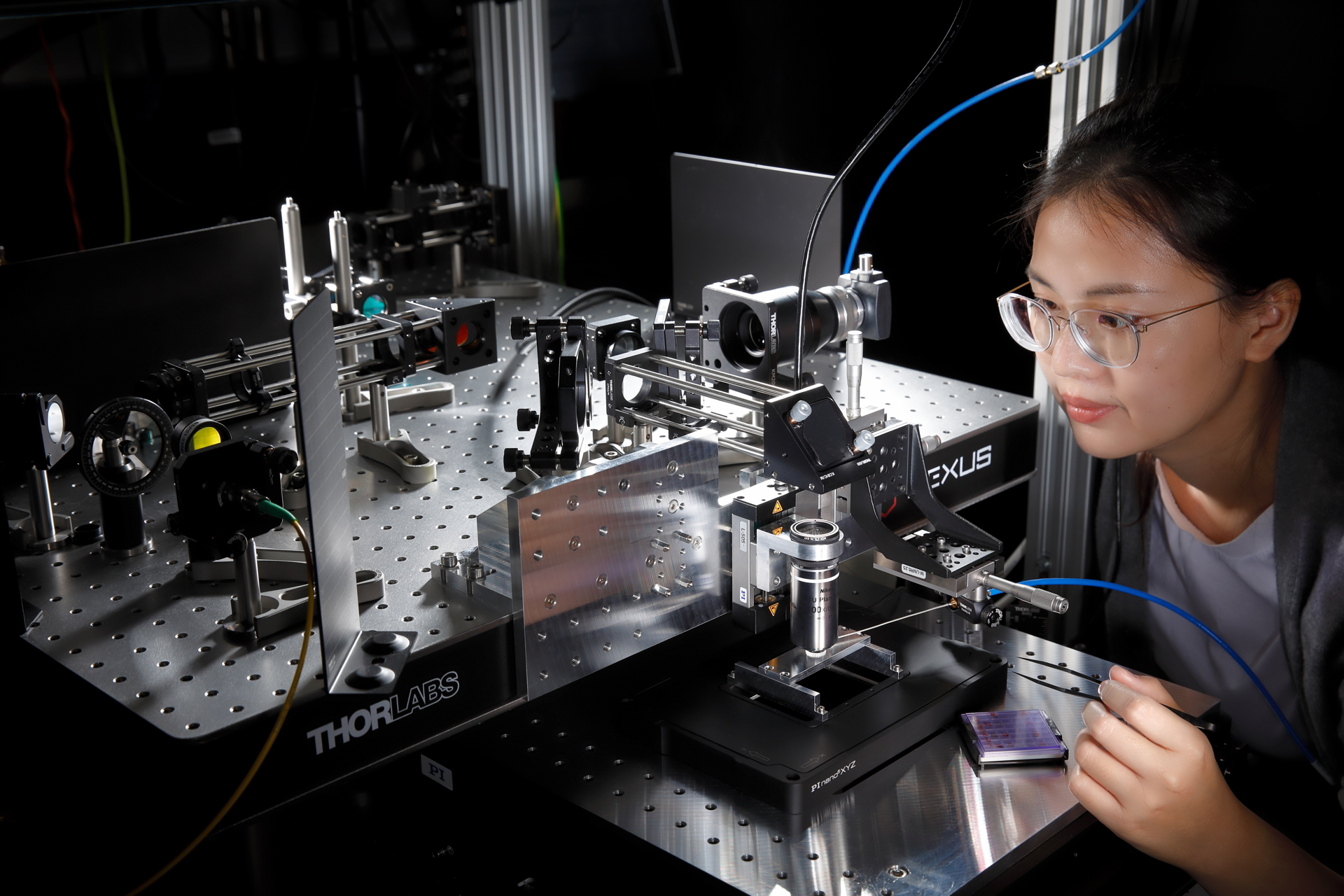You did your bachelor’s degree in China; why did you decide to continue your studies in Germany?
Throughout the world, Germany has a good reputation not only for its companies and products, but also its education. That was one factor for my decision, and the other was my curiosity. Most Chinese students who go abroad choose the US, the UK or Australia, but I was curious about living in Germany. At the beginning, I was unsure about the language barrier. I took an extensive language course, which helped me a lot in day-to-day life, but during my studies it was luckily never a problem. My master’s program and my current work is all in English. Moving to Germany was a big decision and I really had to convince myself at first, but I was sure from the start that I would not regret my choice. Now, almost six years later, it is just as I imagined it. The opportunity to gather international experience and to get to know another culture is very rewarding for me.
How did you come across Fraunhofer IAF?
After having spent some time in the north of Germany I wanted to go back to the south where I lived during my first years here. I also wanted to look for a position at a research institute. One day, I would like to work in industry, but before that I think it is better to start at an institute and Fraunhofer institutes are very close to industry, which makes them a great choice for me. At Fraunhofer IAF I found a relatively new scientific field that immediately fascinated me, which is why I came here. I’m now working with nitrogen vacancy (NV) centers in diamond. It is not a mature technology with many fundamental things still in need of research before it can find its way into applications. This makes it very interesting to work with and an excellent topic for my PhD research.
You work with NV centers in diamond that can have various applications. What exactly are you researching?
I study NV centers for quantum magnetometry. An NV center is a deliberate defect in diamond that makes the material very sensitive to magnetic fields, which is why they can be applied as tiny sensors. The use of single NV centers provide magnetic field strength measurements on the nanometer scale, which was not possible before. Diamond with a large concentration of NV centers can also be used to detect magnetic fields precisely. And a strong advantage compared to other sensors is that NV centers work even with background fields and at room temperature, while many precise magnetic field sensors need to be cooled cryogenically or require cancellation of the earth’s magnetic background field. This makes NV centers in diamond a promising material of which clinical imaging is one possible application I am looking into.
The focus of my work is material characterization. I have a Bachelor’s degree in optoelectronics and Master’s in optics and photonics, so practical engineering is my strong side. When I characterize the diamond I’m not only studying the material, but also the application related to it. I search for possible improvements of the material, in order to improve its performance for specific applications. In the future, I’m looking forward to see its application in the field of clinical imaging, especially the combination with magnetic resonance imaging (MRI) and the prospect to detect brain activity as a replacement of magnetoencephalography (MEG) technology.
 Fraunhofer Institute for Applied Solid State Physics IAF
Fraunhofer Institute for Applied Solid State Physics IAF
